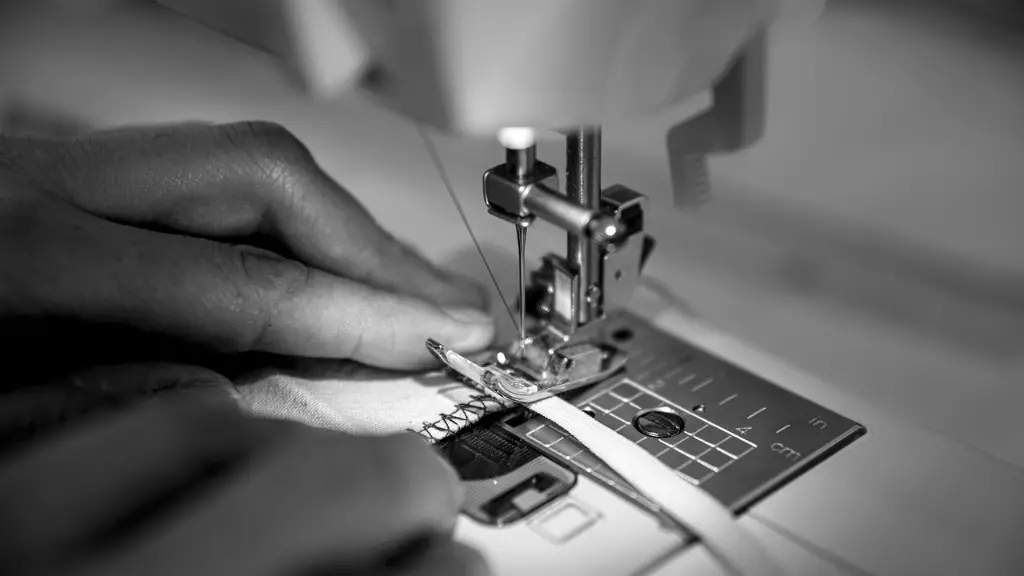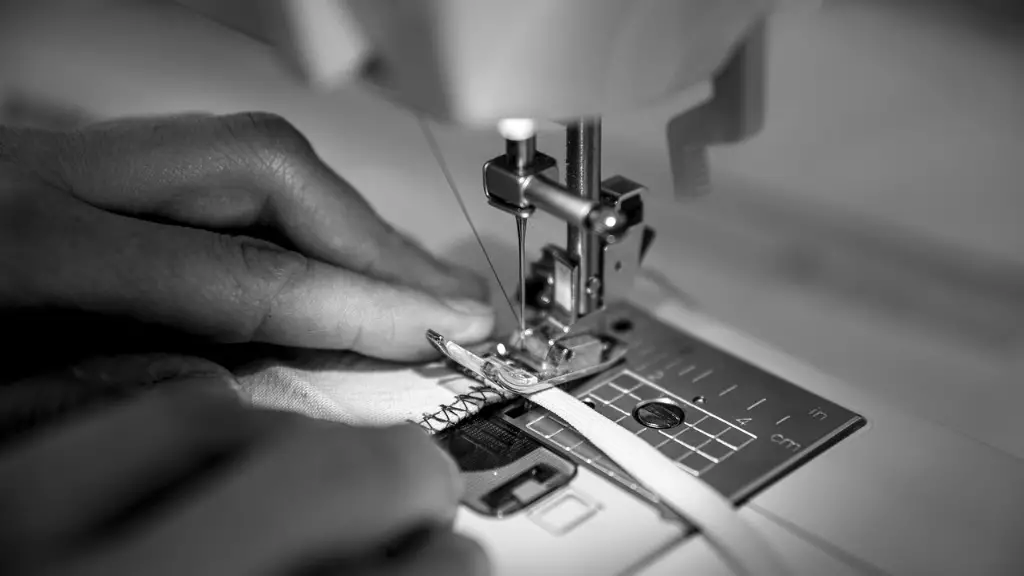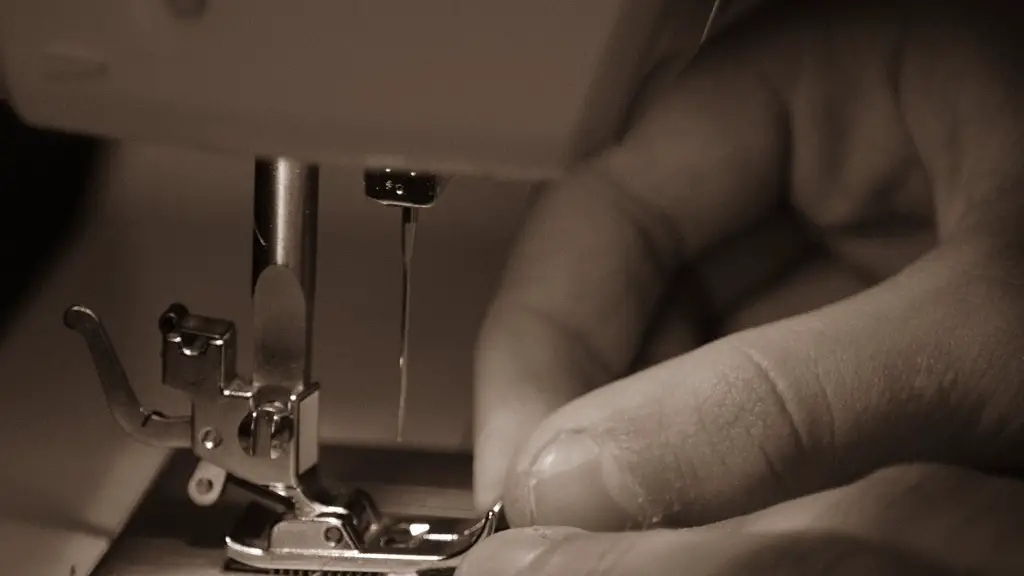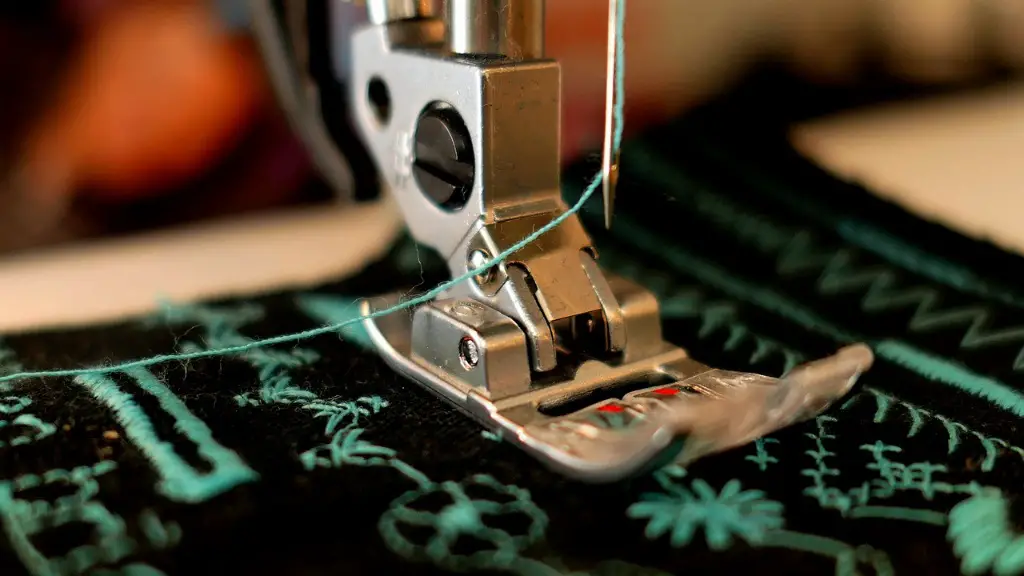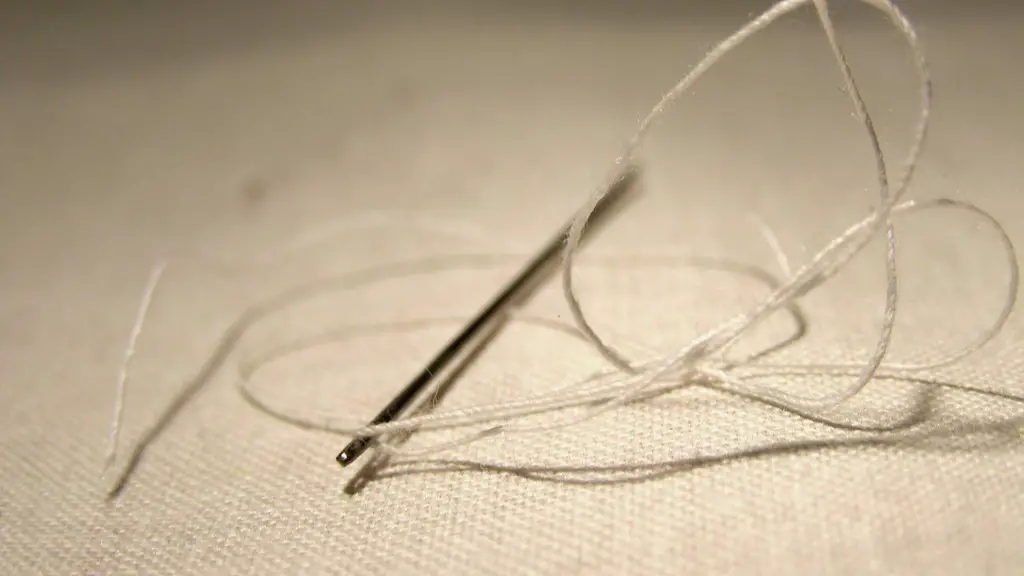Thread Tension Adjustment
When it comes to sewing machines, thread tension is often overlooked yet it plays a crucial role in ensuring that the stitches are even and look neat. Without the proper thread tension the stitches can become loose or even distorted. So for those who want to attain the best possible results from their sewing machine, it is essential to learn how to adjust thread tension.
Steps for Adjusting Thread Tension
Adjusting thread tension on sewing machines should be done in several easy steps with the help of a tension guide. The guide or manual should indicate where to insert the thread and how to adjust the tension.
- Gather the Thread: The first step is to gather the spool of thread and scissors then thread the spool through the machine’s tension guide. Thread the top thread through the tension guide and into the needle and draw it roughly a few inches below the presser foot.
- Test the Tension: Next, it’s important to manually try the tension, by pulling the upper section of the thread slightly. That will alter the tension and hence, it is recommended that the tension should neither too tight nor too loose. When the tension is just right, the needle and the loop of thread should move up and down smoothly.
- Adjust the Thread (If Needed): If needed, then gently turn the dial on top of the machine in order to make the required adjustments.
Tips For Adjusting Thread Tension
Adjusting thread tension isn’t an exact science and it requires the user to have some degree of experience in order to get it right. Here are some tips that can help in this process:
- When the tension is too tight, the stitches may become distorted, so it’s important to ensure that the top thread isn’t too taut.
- On the other hand, if the thread is too loose then the stitches may become wavy or even loose.
- It is important to use a tension guide or manual in order to ensure that the correct tension setting is used for each type of fabric.
- Before starting with the sewing machine, it is important to practice adjusting the thread tension on scrap fabric first.
- In order to be sure that the tension is right, observe the stitches being made as the machine is being used.
- If there are still problems with the tension then it is recommended that the machine should be taken to a professional to have it serviced.
Thread Feed Problems
Sometimes thread feed problems can occur even if the tension is adjusted correctly. This is because the timing of the machine is off and hence the top and bottom threads are not meeting properly. Although this is a more serious problem, it can be easily fixed by referring to the manual that came with the machine.
Steps for Fixing Thread Feed Problems
If the thread feed does not seem to be functioning properly then the following steps should be taken to determine the cause of the problem:
- Unplug the Machine: Unplug the machine from the electrical outlet and then look under the metal plate on the side of the machine.
- Identify the Problem: Look for the timing belt and make sure that it is in the correct place. If it has come undone then the problem can easily be solved by pushing it back in its place.
- Restart the Machine: Plug the machine back in and slowly start using it in order to ensure that the tension is right and that the timing has not been thrown off by the recent adjustments.
Preventative Measures
In order to avoid thread feed and tension problems, it is important to clean and oil the machine on a regular basis. If the machine is not used frequently, then it is advised that it should be cleaned once in a while. This will not only extend the life of the machine, but it can also help prevent any serious problems from occurring.
Noise Problems
Sewing machines can sometimes produce a loud noise when they are in use. This noise can be caused by a variety of factors, such as loose or worn-out parts, dirty parts, or the tension being set too tight. The noise can be alleviated by checking the parts and ensuring that the tension setting is correct.
Steps for Fixing Noise Problems
In order to fix noisy parts it is important to follow these steps:
- Check Parts: Unplug the machine and then go through all of the parts to make sure they are in good condition. Look for any signs of wear and tear or dirt that could be causing the noise.
- Check Tension: Once the parts have been checked, the tension should then be adjusted to the correct settings. This is done by turning the dial on the machine in order to make the required adjustments.
- Restart the Machine: After the settings have been adjusted, the machine should be plugged back in and the testing should commence. This will allow the user to determine if the noise has been eliminated or at least reduced.
Faulty Parts
Faulty parts can also cause problems with the machine, including noise and problems with the thread tension. The most common causes of faulty parts are wear and tear, as well as dirt and debris.
Steps for Replacing Faulty Parts
In order to replace faulty parts it is important to follow these steps:
- Identify Problematic Parts: The first step is to identify the parts that are causing the problem. This will involve checking each part to ensure that it is in good condition.
- Find Replacement Parts: After the problematic parts have been identified, it is important to find replacements. This can be easily done by searching for sewing machine parts online or visiting a local sewing store.
- Replace Parts: Once the replacement parts have been obtained, they should be installed in the machine. This is done by unscrewing the current parts and then replacing them with the new ones.
- Restart the Machine: After the new parts have been installed, the machine can be restarted to ensure that everything is working properly.
Care and Maintenance
It is important to take proper care of a sewing machine in order to avoid any problems with the thread tension and other parts. This includes oiling and cleaning the machine on a regular basis, as well as replacing any parts that have become worn out.
Steps for Caring and Maintaining the Machine
In order to take proper care of the sewing machine, the following steps should be taken:
- Clean the Machine: The machine should be cleaned regularly to ensure that all of the parts are in good condition. This can be done with a brush and some canned air.
- Oil the Machine: It is important to oil the machine regularly in order to keep the parts functioning properly. This is done by applying a few drops of oil to all of the moving parts.
- Replace Parts: If any of the parts become worn out or broken then they should be replaced immediately. This will help prevent any further damage to the machine.
- Perform Regular Checks: Finally, it is important to periodically check the machine to ensure that everything is functioning properly. This is done by running the machine and finding any issues that may require attention.
Other Considerations
Adjusting thread tension on a sewing machine can take some time to master. It is important to practice on scrap fabric in order to get the hang of it and to understand the different settings and techniques.
Thread Types
Different types of threads should be used depending on the type of fabric that is being used. Coarse and heavy fabrics will require thicker thread, while lighter fabrics will require thinner thread.
Needle Quality
It is also important to use the correct needle for the fabric in order to attain the best possible results. Poor quality needles can cause problems with the thread tension and should be avoided.
Tension Guide
Finally, a tension guide should be consulted in order to ensure that the correct tension settings are used for each type of fabric. The tension guide should indicate where to insert the thread and how to adjust the tension.
